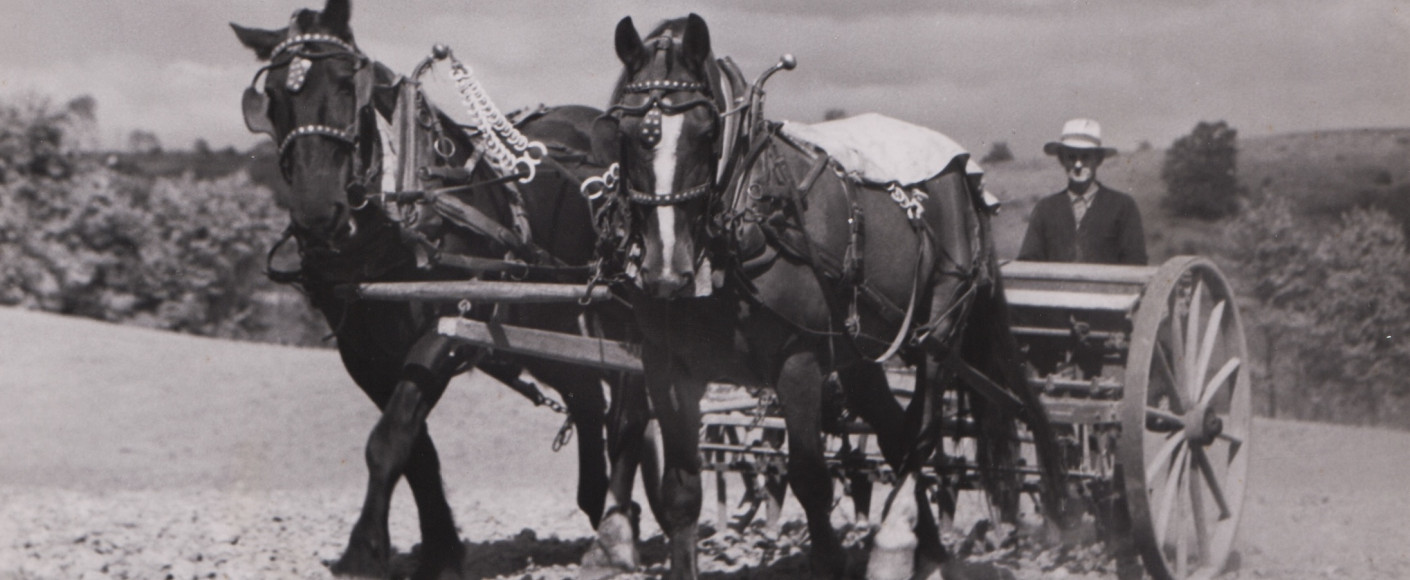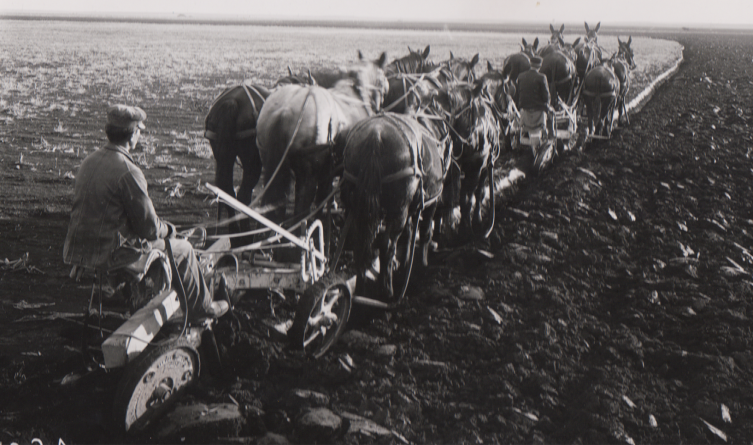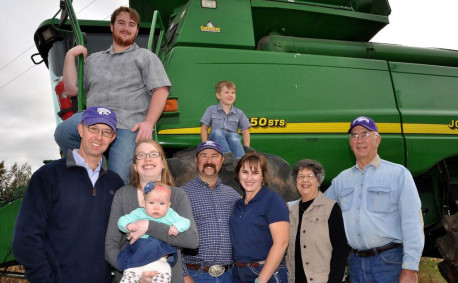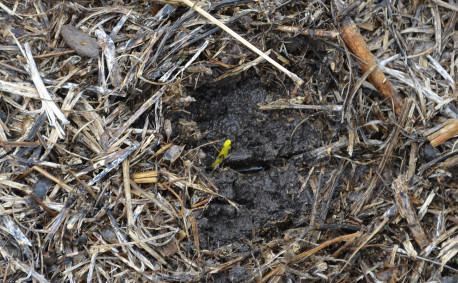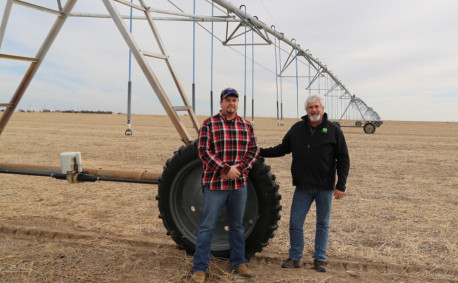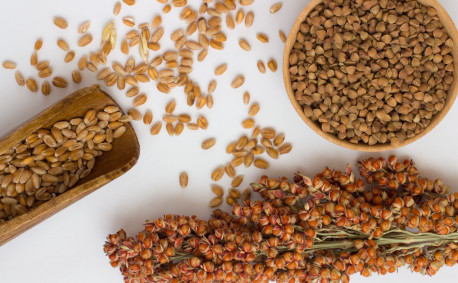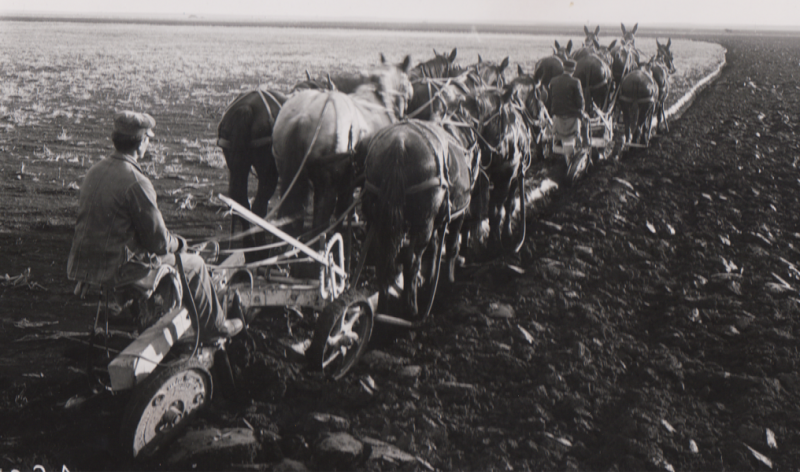Farming Through the Ages: How Agriculture Has Evolved
Let’s take a journey through time to explore how farming has changed over the years. From ancient Roman practices to innovation on Kansas farms today, agriculture has a rich history.
Roman Ingenuity (circa 500 B.C. – 476 A.D.)
We’ll start in the rolling hills of the Roman Empire. The Romans set the stage for agricultural practices to be used through the centuries — it’s no wonder we think about them so often! With a talent for engineering, they introduced advanced irrigation systems, crop rotation and the use of animal-drawn plows, transforming agriculture from a mere necessity into a sophisticated practice.
Fun Fact: Roman philosopher and statesman Cato the Elder wrote "De agri cultura" ("On Agriculture") around 160 B.C. The book is the oldest known total work in Latin and influenced farming practices for centuries.
Middle Ages Systems (476 – 1453 A.D.)
Fast forward to the medieval period when the landscape of farming underwent significant changes. Small, decentralized farming communities dotted the European countryside. Use of the three-field system became a hallmark of medieval agriculture and set the stage for the more advanced crop rotations eventually used in the United States. This technique involves planting one crop in a third of the field, another crop in a separate third and leaving the last third open. Leading to increased soil health and increasing crop production, the system ensured a sustainable and diversified approach.
The Renaissance Bloom (14th – 17th centuries)
During this period, farming practices experienced a rebirth, and the increased agricultural production helped Europe emerge from the Middle Ages into the glowing Renaissance. With a boom in population, farmers needed to innovate to keep up with growing food demands. During this time, the plow evolved from a simple wooden tool to a more efficient implement. European farmers began improving their plows to include parts such as a moldboard, a steel component with greater durability and better soil turnover. Crop diversity expanded, and the cultivation of previously unused land became more common.
Colonial Agriculture (17th – 18th centuries)
As we set sail into the colonial era, farming practices arrived on the shores of North America. In the East, the triangular trade influenced agriculture, with cash crops such as tobacco and indigo driving economic growth. Connecting Europe, Africa and the New World, the trade route was built and established through enslavement. Meanwhile, in the heartland about to become Kansas, Native American communities cultivated maize, beans and squash following the now-familiar method of companion planting. Companion planting is aptly named — the practice entails putting two or more crops close together for benefits such as insect control, soil health and more.
Frontier Farming (19th century)
The stage is set for the American Midwest to grow, and Kansas takes the spotlight. Pioneers armed with plows and a pioneering spirit transformed the vast prairies into fertile farmland. The Homestead Act of 1862 encouraged settlement in the West by promising more than 100 acres of land to folks who moved to unclaimed spots and agreed to improve the area by farming or other means. Kansas became a beacon for those seeking new opportunities. Steam-powered engines and plows dotted the agricultural landscape, clearing the way for the state's future as an agricultural powerhouse.
Technological Harvest (20th century)
World War II brought agricultural challenges and opportunities, pushing farmers to adopt new technologies. Kansas played a crucial role in supplying wheat for the war effort, showcasing the state's commitment to national well-being. Postwar, the adoption of tractors and self-propelled machinery marked an era of rapid technological development in farming. Advancements during this time included the grain combine, tractor and machines for spraying, picking, baling and more.
Modern Cultivation (21st century)
We’ve arrived at the present day! Farming continues to evolve in the 21st century. Sustainable practices, technology and a focus on local food production is shaping our agricultural landscape.
To learn more about farming innovations and sustainability practices in Kansas, check out these articles:
As we reflect on this journey through the ages, from Roman ingenuity to the modern fields of Kansas, one thing becomes clear: Farming is a dynamic tapestry woven with innovation. Each era, whether in ancient Rome or the heart of America, has left a mark on the agricultural practices we see today. Here's to the farmers, the stewards of the land, whose hard work ensures all fields, whether in Italy or Kansas, remain bountiful for generations to come.

